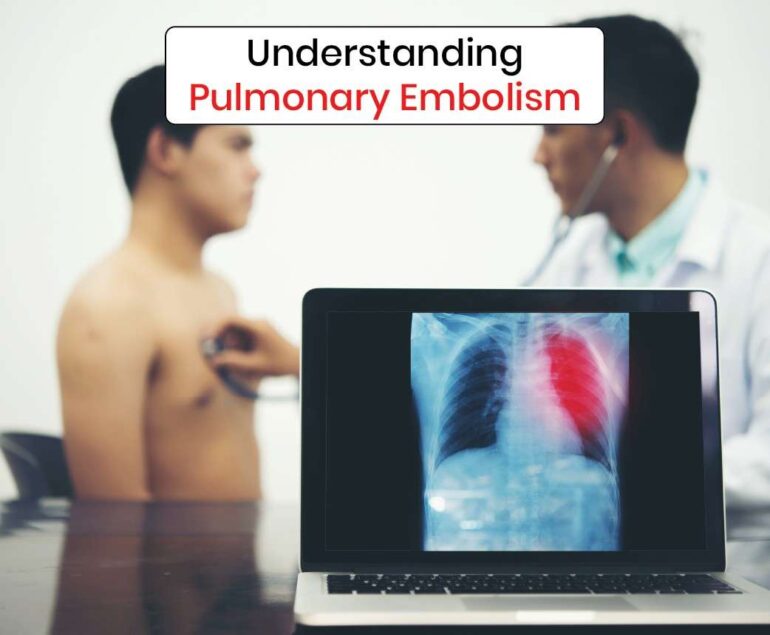Spider veins, medically known as telangiectasias, are small, dilated blood vessels visible on the skin’s surface. They are commonly red, purple, or blue and resemble thin lines, branches, or a spider’s web. Spider veins are most frequently seen on the legs and face and affect a substantial portion of the adult population.
These veins are generally superficial, measuring between 0.5 to 1 millimeter in diameter. They arise from a variety of causes, including genetics, aging, hormonal changes (common in pregnancy and menopause), obesity, a sedentary lifestyle, and prolonged standing or sitting. Sun exposure can also contribute, especially on the face.
While spider veins are usually not a health concern, they can sometimes cause minor discomfort, such as itching or burning. Aesthetically, they can be a source of distress for some individuals, leading them to seek treatment for cosmetic reasons.
In contrast to spider veins, varicose veins are larger, swollen blood vessels that are also visible through the skin. They are more likely than spider veins to cause discomfort, including aching, throbbing, or a feeling of heaviness in the legs. Varicose veins can sometimes lead to complications like skin changes, ulcers, or, rarely, blood clots.
Deep vein thrombosis (DVT), a serious condition involving blood clots in deeper veins, usually presents with swelling, pain, redness, and warmth in one leg. DVT can be life-threatening if a clot breaks loose and travels to the lungs, causing a pulmonary embolism. However, spider veins themselves are not direct indicators of DVT or other severe blood clot disorders.
Available treatment options
Spider veins and varicose veins can be managed or eliminated through various interventional methods. These treatments not only address cosmetic concerns but also alleviate discomfort associated with the condition.
- Sclerotherapy: This is a common treatment for both spider veins and small varicose veins. A solution is injected into the vein, causing it to scar and collapse. The treated vein is then reabsorbed by the body over time, and blood is rerouted through healthier veins. Sclerotherapy is often effective after a few treatments and does not require anesthesia.
- Laser Treatments: Laser therapy can effectively treat spider veins and small varicose veins. The laser emits a concentrated beam of light that generates heat, damaging the vein and causing it to gradually disappear. This procedure is non-invasive and particularly useful for veins that are too small to inject.
- Endovenous Thermal Ablation: This technique uses heat from lasers or radio waves to close off varicose veins. It’s minimally invasive, performed under local anesthesia, and typically involves less discomfort and quicker recovery compared to surgery.
- Surgery: For large varicose veins, surgical options such as vein stripping or ligation might be considered. These procedures are less common now due to the effectiveness and reduced recovery time associated with newer, less invasive techniques.
- Compression Therapy: While not a treatment for removing spider or varicose veins, wearing compression stockings can help reduce discomfort and prevent worsening of the condition. They work by gently squeezing the legs to improve blood flow.
It is important for individuals considering treatment to consult with a healthcare provider, ideally a phlebologist, to determine the most appropriate method based on the condition’s severity, location, and personal health status.




